In the ever-evolving landscape of technology, artificial intelligence (AI) has emerged as a powerful tool that continues to reshape various aspects of our lives. One of the most intriguing intersections of technology and creativity is the world of AI art. This innovative field has sparked a fascinating dialogue about the capabilities of machines to generate art, the role of human creativity, and the boundaries of artistic expression. In this blog post, we will delve into the exciting realm of AI art, exploring its history, current developments, challenges, and the profound questions it raises.
The Evolution of AI Art
AI art is not a recent phenomenon but has its roots in the 1960s when computer-generated art experiments began. Early pioneers like Harold Cohen and A. Michael Noll used computers to create visual compositions. However, the real breakthroughs in AI art came with the advent of deep learning algorithms and neural networks. These advanced AI systems can analyze vast amounts of data, learn patterns, and generate art that often blurs the line between human and machine creativity.
The Creative Process: Humans vs. AI
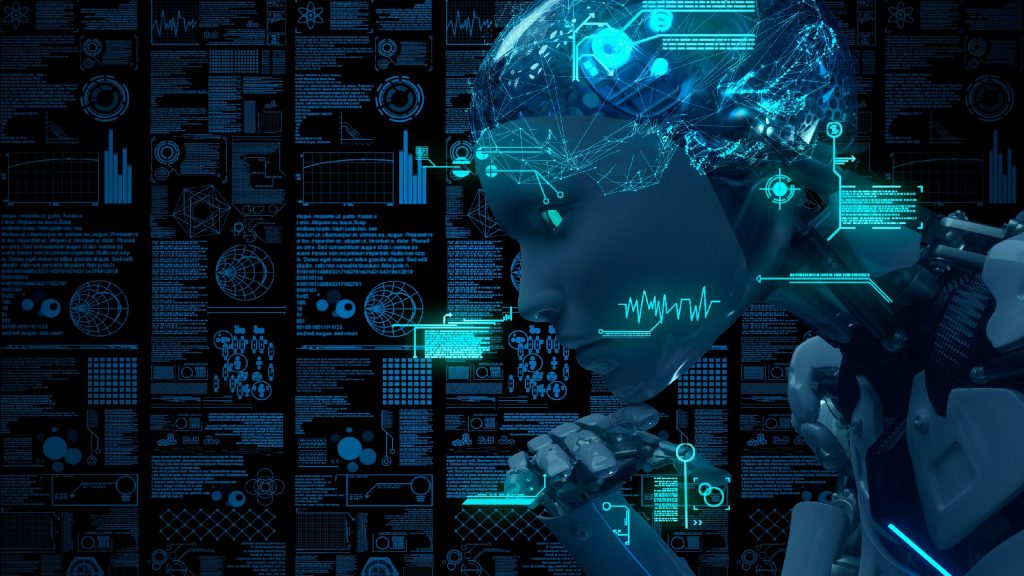
One of the central debates in AI art revolves around the role of human creativity in the creative process. Critics argue that AI merely mimics existing styles and lacks the emotional depth and storytelling abilities that human artists bring to their work. On the other hand, proponents of AI art point out that machines can augment human creativity by generating new ideas, styles, and forms that may not have been explored otherwise.
The Collaborative Approach
In recent years, a new approach has emerged, one that seeks to bridge the gap between humans and AI in the art-making process. Artists are using AI tools as collaborators rather than replacements. They input their ideas and preferences into AI algorithms, which then generate art based on their input. This collaborative approach allows artists to harness the computational power of AI while retaining their artistic vision and creativity.
Challenges and Controversies
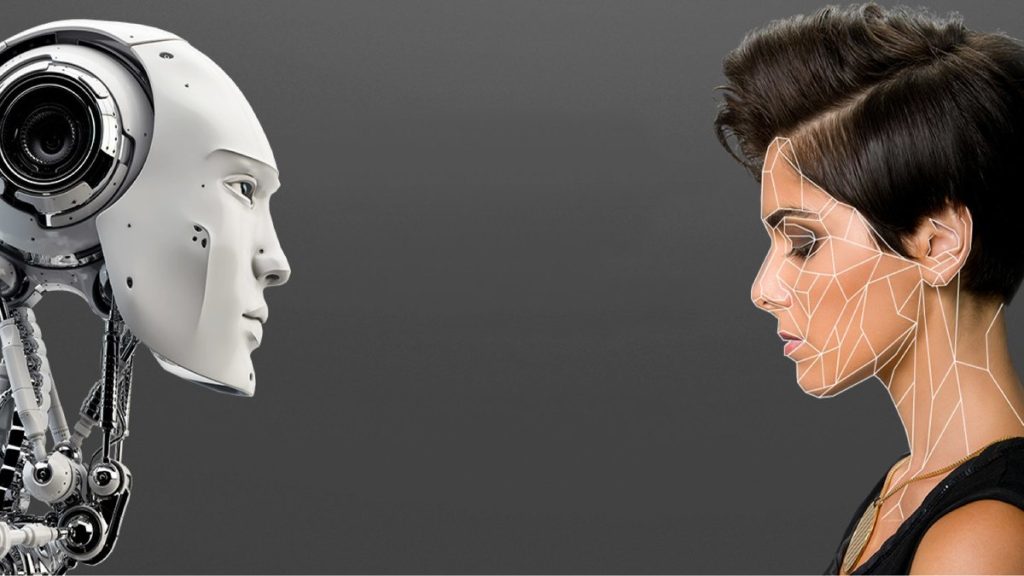
Despite the exciting potential of AI art, it is not without its challenges and controversies. Copyright and ownership issues are a major concern, as AI-generated artworks raise questions about who owns the rights to the creations. Additionally, there are ethical concerns regarding the use of AI to replicate or mimic the work of existing artists without their consent. These issues highlight the need for clear guidelines and regulations in the world of AI art.
The Boundaries of Artistic Expression
AI art also pushes the boundaries of artistic expression. Some AI-generated artworks challenge our traditional notions of what constitutes art. Can a piece of art created entirely by an AI be considered a masterpiece? Does it require the human touch to be truly meaningful? These questions are at the heart of the ongoing discourse about AI art and its place in the art world.
The Future of AI Art
As technology continues to advance, the future of AI art holds immense promise. AI algorithms are becoming more sophisticated, and artists are finding new ways to incorporate AI into their creative processes. Whether it’s generating unique visual art, composing music, or even writing poetry, AI is poised to play an increasingly prominent role in the world of creativity. In conclusion, AI art represents a fascinating convergence of technology and creativity, challenging our perceptions of what art is and who can create it. While it may not replace human artists, AI has the potential to revolutionize the way we approach art, offering new tools and possibilities for artists to explore. As the field continues to evolve, it will be exciting to see how AI art contributes to the rich tapestry of human creativity and expression.

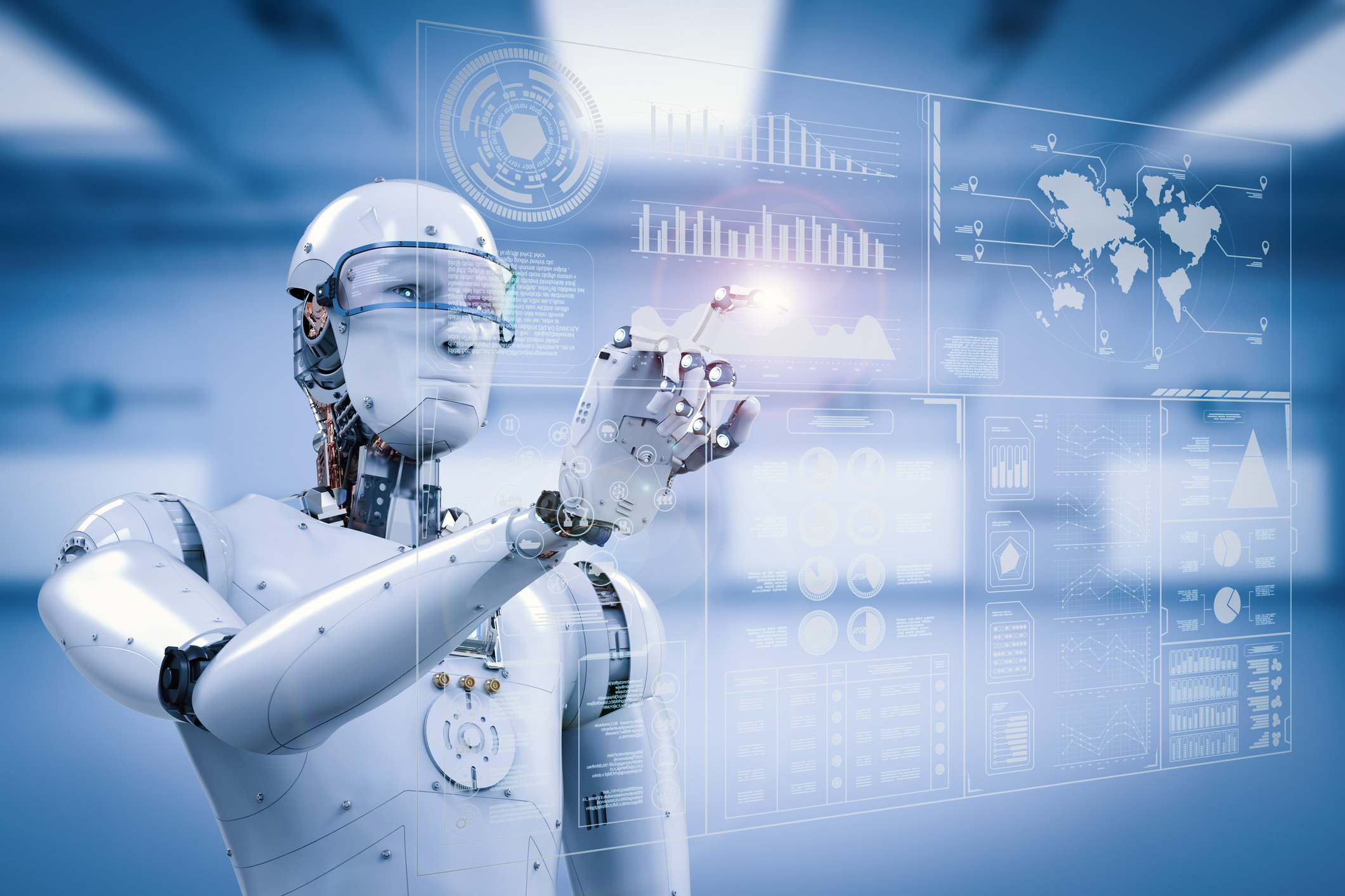
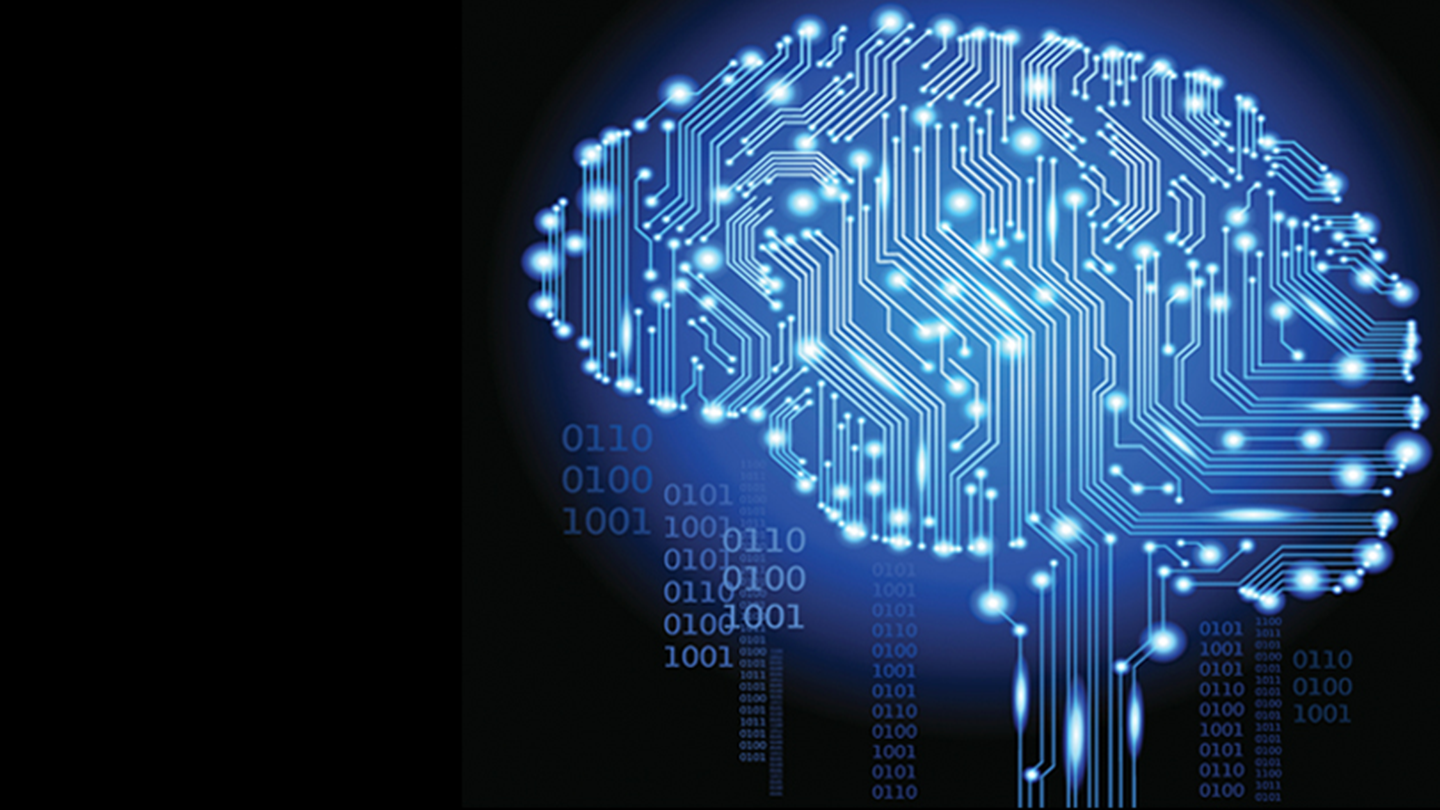
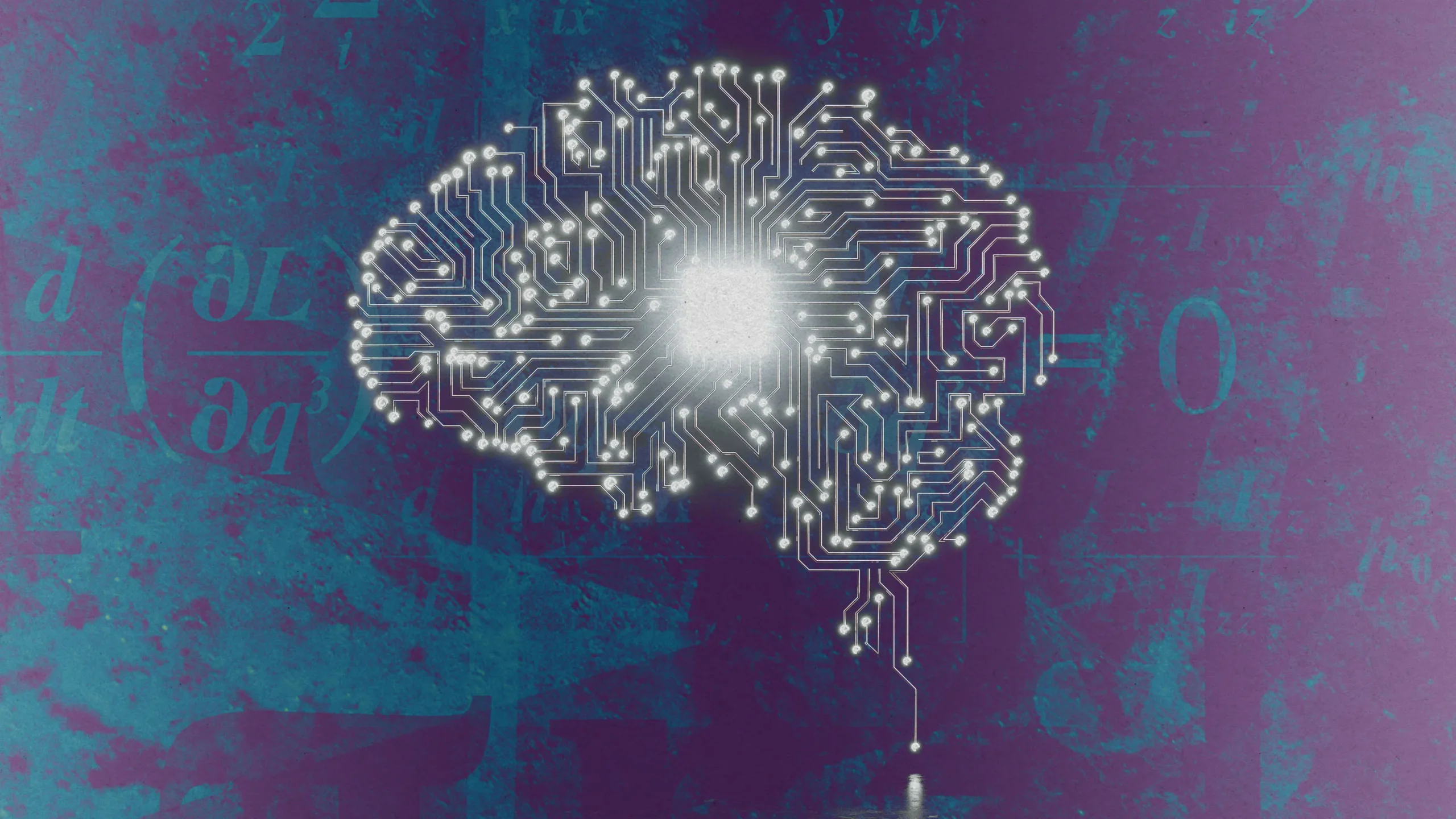
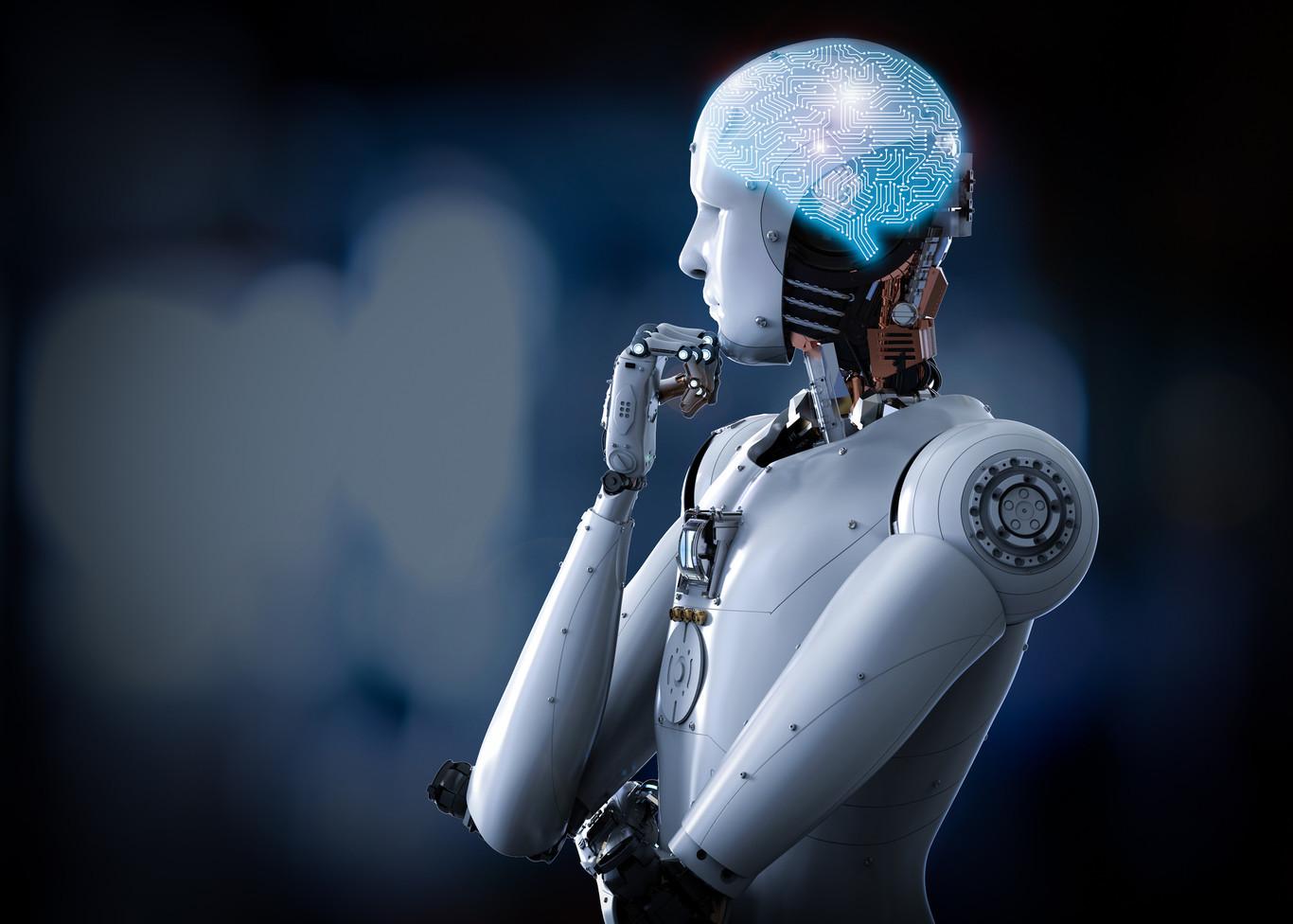
Leave a Reply